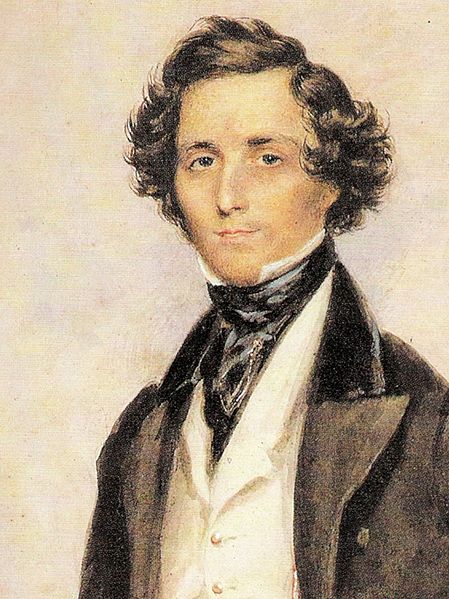I’m currently spending some time at the Professor Carol remote headquarters in Germany. Most of the concert and theater venues here are dark for the summer months, but organ music continues year round. I attended an organ recital at the Marienkirche in Lübeck where Dieterich Buxtehude ruled over German Baroque music in the generation preceding Bach, Handel, and Telemann.
Sunday services at Bach’s church, the Thomaskirche in Leipzig, included some well-performed works on both organs (not simultaneously) and a cellist playing one of Bach’s unaccompanied suites. That unfortunately overlapped with the piano recital in Mendelssohn’s House.

Felix Mendelssohn (1809-1847), despite working in Leipzig a century after Bach, plays an important role in the history of Baroque music. He receives most of the credit for bringing Bach’s music back into the limelight, after it had lain largely forgotten for 70 years, with a performance of Bach’s St. Matthew Passion in 1829. As a composer, Mendelssohn held onto traditional forms more carefully than most of his contemporaries and had a particular interest in the contrapuntal style of Bach. He emulated that style perhaps most notably in his Preludes and Fugues for organ.
Mendelssohn was an accomplished organist and wrote dozens of works for organ. But the three Preludes and Fugues of opus 37, written in 1837, stand out as testaments to Bach. Still, they have a stylistic language and harmonic vocabulary very different from Bach—traits that fit comfortably in the early Romantic era in which Mendelssohn lived. This prelude and fugue owes much more to Mendelssohn’s musical vision than that of Bach, and that is a significant part of why the retrospective aspects of the work are interesting.



